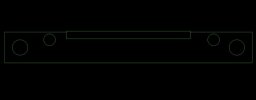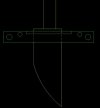- Joined
- Jan 9, 2011
- Messages
- 16,397
I'm going to keep doing everything I can to better my knives and further my knifemaking process until I'm the best knifemaker in the world! 
I even bought a file guide, I just need to figure out what I'm going to use it on!
I even bought a file guide, I just need to figure out what I'm going to use it on!



